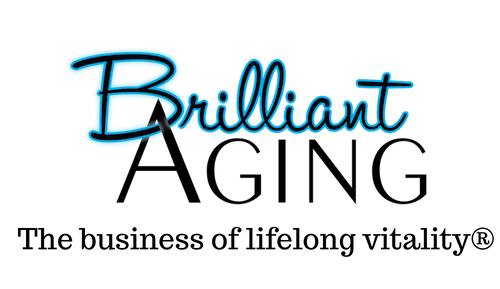3+ Ways to Create Positive Experiences in Your Senior Years (Baby Steps May Be the Key!)
By now, you’ve either been rocking it with your New Year’s resolutions, or they’ve fallen by the wayside as “life” happens. In my last post I talked about creating a fun pact with a friend to “virtually walk” towards each other as a way to be accountable to yourself and each other for being active. Did you give it a try? I know from experience that there’s often a gap between best intentions and actions, which makes it very difficult to form new habits. That’s why baby steps and small achievable goals are the clearest path to making desired changes. Consider identifying small changes you could make consistently for just one week. Focus on one dimension of wellness (physical, social, intellectual, emotional, spiritual, vocational) or choose multiple dimensions to support.
Small Choices Can Tip the Scale
Visualize a simple two-sided wellness scale. One side contains the small choices you make throughout the day that would be considered wellness “deposits” in various dimensions. For example, these could include: taking the stairs instead of the elevator (physical), calling a friend to chat about something positive, laugh, connect (social), expanding your mind with something intriguing or uplifting (intellectual), taking a moment to give thanks for your blessings large and small (emotional), contemplating the miracle of nature (spiritual), embracing a new challenge at work or as a hobby (vocational). The other side contains the small choices you make that would be considered wellness “withdrawals.” Under this category go: sitting for hours at work and then going home to sit in front of the TV, engaging in social media posts that vilify others for their beliefs, calling a friend to complain about your life, etc. You get the idea!
Tune-in to Deposits NOT Withdrawals
Consciously tune-in to how certain interactions, events, thoughts, or actions make you feel – what I call the “emotional residue” – to determine whether it belongs on the deposit or withdrawal side of your wellness scale. Some interactions we can control, some we can’t. Either way, visualize them stacking on one side or the other to see which way the scale is tipping. Then identify the things you can control.
Prompts and Baby Steps
One part of positive change is adopting new habits. If you haven’t had much luck getting to the gym so far this year, consider adding some baby steps. For example, identify a particular trigger to prompt you to engage physically. Consider standing up when you answer the phone or performing small physical activity every hour on the hour – things like chair “crunches” (pretend you have a big sponge behind your low back and you’re squashing it flat against the chair back by contracting your abdominals), or ankle flexions, circles, toe points. Attach these small deposits to something that happens regularly, and you’ll be surprised how much activity you can accumulate during a normal day!
Releasing Negative Habits
Another part of positive change is to kick negative habits to the curb. It’s very easy to get stuck in patterns and habits that don’t serve you well. If you’re in a habit of focusing on problems or negative interactions throughout the day and venting them to a friend later – stop and consider what part of those experiences you could change. Could you choose not to engage with a particularly difficult person or event? Could you identify some positive experiences throughout the day and make a point of sharing those with a friend? Don’t be surprised if you realize that some relationships have formed primarily over shared negative drama! As your attitude and perspective change these relationships will either change with you or fall away.
What habit would you like to break because it is no longer serving you well? Is there a relationship that makes you feel drained rather than sustained? What small changes could you make to change this habit or shift this relationship to the positive side of the wellness scale?

